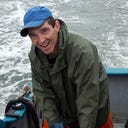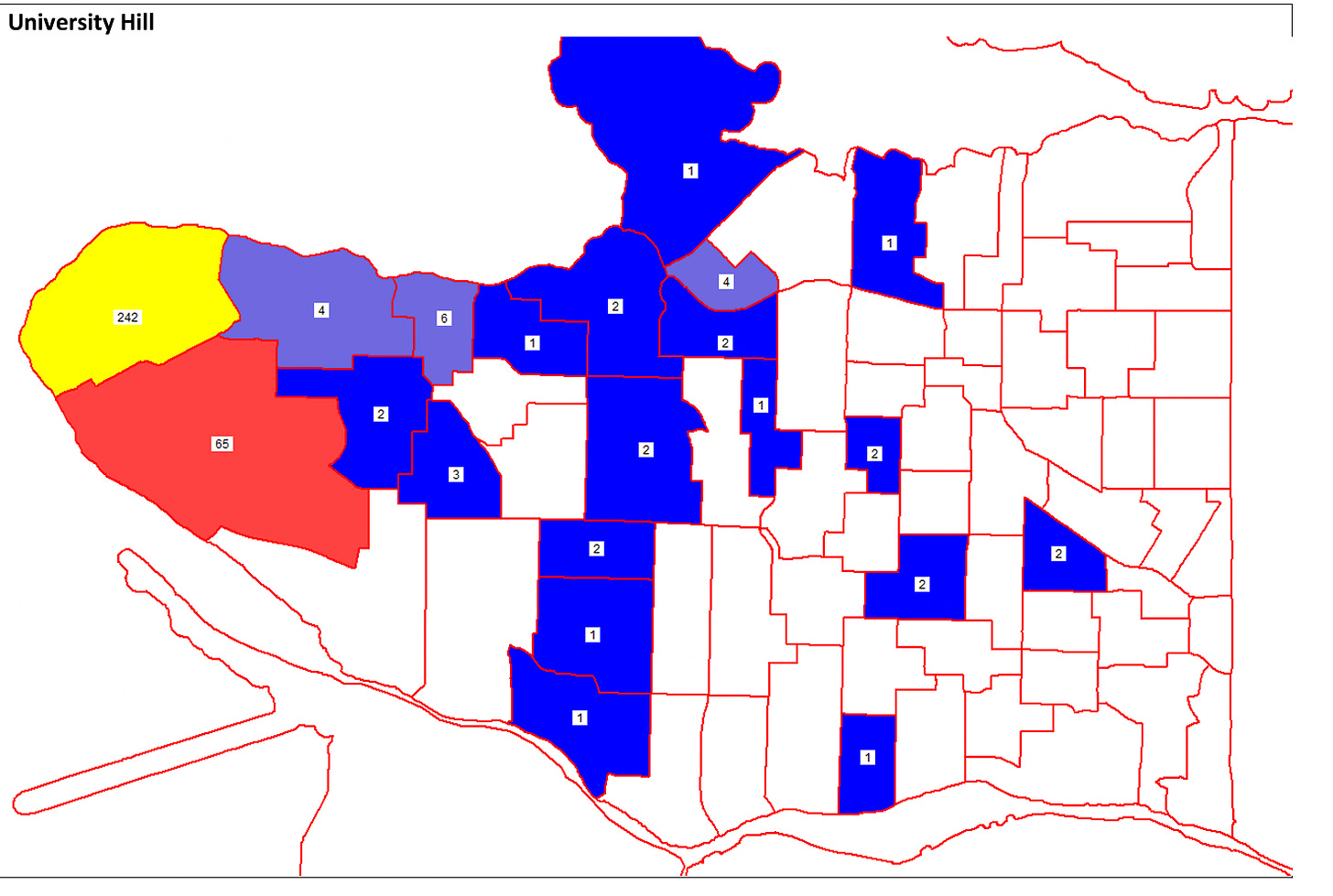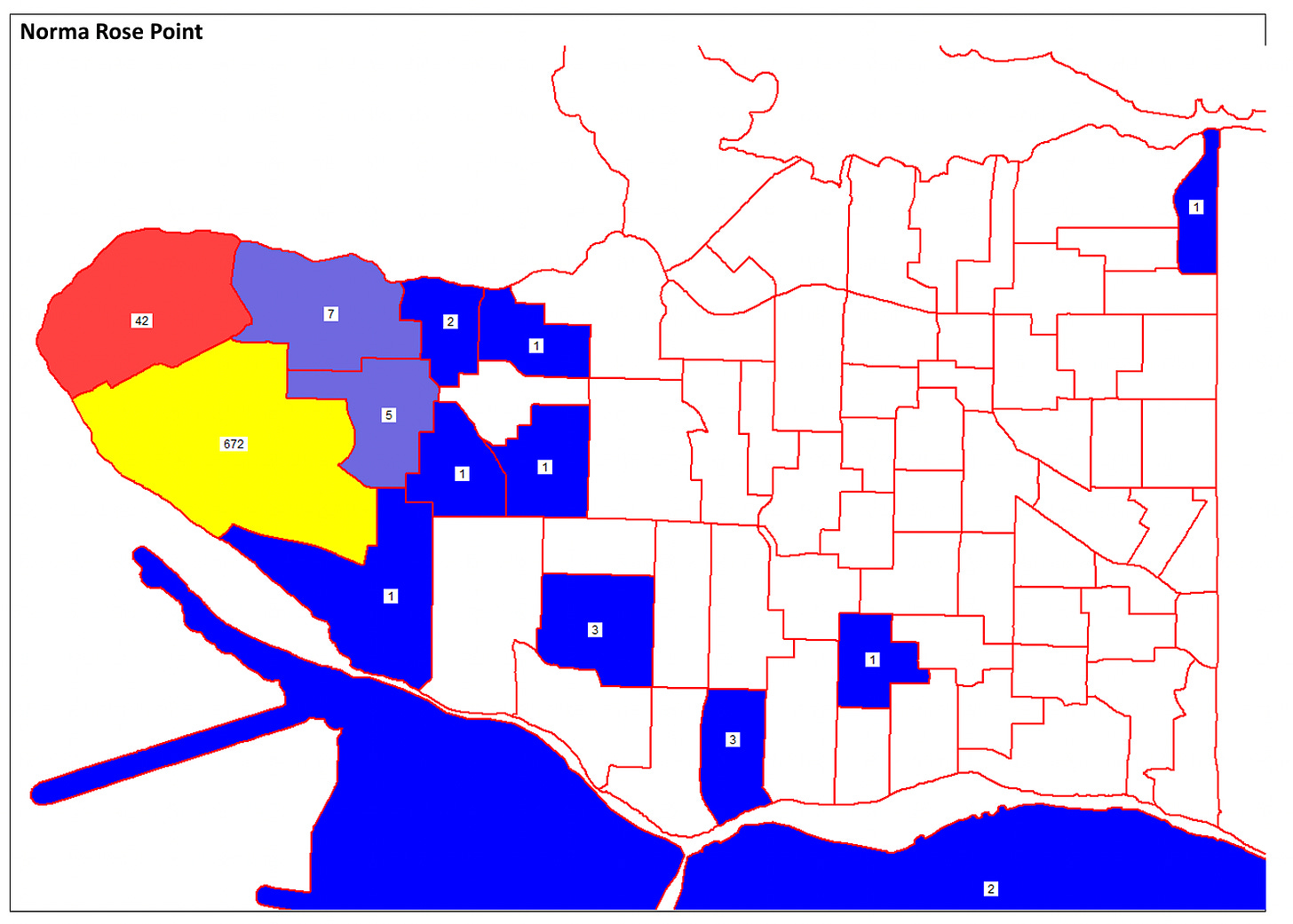

Discover more from A Campus Resident
No Room in the School
Facilities, development, and space for kids in UBC area elementary schools.
Mary (not her real name) is a single mother with an elementary school child. Mary works for UBC and in the fall of 2021 moved into a faculty staff rental building on campus. She had previously lived on campus and her child had attended one of the local area schools at that time. Thinking it would be straight forward, Mary went to sign her child up for school and was turned away. “We have no space for you” the school told her. “We’ll put you on a waiting list.” Meanwhile she was sent to one of the peripheral schools that border the eastern edge of Vancouver (Bayview, Queen Mary, Queen Elizabeth, and Southlands). All of these schools are between 4 and 8 km from her home.
Mary is not alone in this situation. On facebook this fall I read many similar stories of parents - students, faculty, staff, arriving into one of UBC’s housing developments only to find their child was one of 100 or more on a wait list into one of the two local elementary schools. A new colleague of mine was lucky, her young child was given a placement at Norma Rose Point School mid September. Others have not been so fortunate. One mother commented that she has no car and her 7 year old was placed in Queen Mary, more than 6 km away from her campus home.
This isn’t the first time this has happened. In the late 1990s and early 2000s several entire classrooms of campus children had to be bussed off site to Queen Mary. When Norma Rose Point School came on stream in 2015 this was supposed to be fixed.
Electoral Area A Director, Jen McCutcheon (who is also a local area school Parent Advisory Council chair) told me one of the hard things now is not all the children are
“going to just one school off campus. I remember one story about family that arrived from Egypt with a child, I believe, in kindergarten, and they had to figure out how to get to Bayview. That's 8 km away. If you can imagine arriving in a country almost for sure with no car when you first arrive, and needing to figure out how to get your young child to school 8km away, when your neighbours’ children almost certainly go to a different school. So part of the problem is it's not just children being placed in Queen Mary, it's that the children get dispersed all over the west side of Vancouver, going to Queen Elizabeth, to Queen Mary, Southlands, even Bayview. It's only going to get worse. And yet the projections say that U Hill is going to decrease by a third of its population in the next ten years. That is ludicrous.”
So what’ happening?
Elementary School Overview
There are two elementary schools in the UBC area: University Hill and Norma Rose Point.
According to U.Hill Elementary’s school plan they have 360 students enrolled in 2021. 11 are full fee paying international students. As can be seen on the map below, 65 students come as overflow from the Norma Rose Point catchment, and an additional 40 come from catchments to the east (this could be the result of either parent choice or parents moving off campus and keeping children in the school).
Norma Rose Point School has 740 students. No information is provided in their school plan as to how many full fee paying international students are enrolled. While 65 students from the Norma Rose Point catchment are enrolled at U.Hill Elementary, 42 students from the U.Hill Elementary catchment are enrolled at Norma Rose Point School. An additional 28 students are enrolled from catchments to the east of UBC.
Three nearby elementary schools pick up additional surplus students from the UBC area: Southlands (9), Queen Mary (9), and Queen Elizabeth (5) as of 2021. The data for the current school year is not yet available, but all indications are enrolments in the UBC area, and across the district itself, are up significantly over past years.
All this being the case, pressure on schools in the UBC area leading to a lack of space is not a new issue. The opening of Norma Rose Point School in 2015 was supposed to address this problem, but it has not been able to.
What’s the Problem?
The Vancouver School Board says “although enrolment is increasing due to ongoing development of new residential units in the area, to date, enrolment forecasts have adequately captured the impact of continuing development” [click here to see their full statement].
However, these projections do not appear to take into account the projected additional population of 2,500 people in the Musqueam ‘Block F’. Nor does it take into account the UBC’s planned Stadium Place development which will be as big or bigger than the current Wesbrook Place development (which is still expanding). Also their estimates tend toward the conservative, while comparison with actual data typically shows more than the predicated number of children.
Jens von Bergmann, author of the Mountain Doodles blog, explained to me that “VSB relies on a proprietary system to make those forecast, and that system is really bad. In particular it cannot account for new construction. Also VSB mainly relies on enrolment population not catchment population for their facilities planning, which can mask trends in in-catchment population and gives them the false sense that their projections are working until things suddenly break down.”
Jens is a mathematician and principle of a math and data analysis consulting firm. He has run several detailed analysis that outline just what is wrong with VSB’s projections and planning models.
Jens further notes that “Generally we should expect UBC to add children as more housing is added over time (although child population will likely decline a bit in the existing housing, but that should be easily offset by all the new development.) VSB is projecting a declining school aged population for the UBC area (as documented in their Long Range Facilities Plan), and is planning according to that. Which will lead to problems in the coming years.” Jens has a detailed blog post that clearly lays out the facts behind the quote above and shows the historical changes in numbers of children.
Inadequate projection models are compounded by the zoning rules that concentrate high density multi-family housing into a narrow portion of the City of Vancouver. Jens’ analysis shows new children turn up where new multi family buildings are built, but the predicative models VSB uses appear not to take this into account. A more rational city planning approach would also distribute the density more uniformly around neighbourhood schools and community centres, but there’s too much push back from single detached home owners in the current moment for this reasonable idea to work.
What do the politicians say?
I reached out to VSB trustees and candidates in the current election for their thoughts. Here are the responses from the parties that considered the issue important enough to respond in time for publication.
One City’s Rory Brown, a former president of the Vancouver Secondary Teachers Association, spoke on behalf of One City and their candidates. Rory has had direct experience as an employee representative on the VSB Facilities and Planning Committee. Rory echoed Jen’s critique of VSB’s analytics.
“I can say that much of the predictive tools that they use have really been used in a way that's reactive and not proactive. I mean, they use a demographic service or private service. ... And there's been many questions over the years that put into question whether that system is adequate, whether it looks out at the you know, if it looks out far enough. … Management, and trustees have taken the advice of management, have largely rebuffed any questions as to the integrity of that data. And I remember a meeting, I don't know, quite a few years ago now, when Andy Yan from SFU’s City Program, came in and really questioned the use of [the private consultant]. He had some quite good questions, and they weren't in any way adequately answered. And some of this gets to be quite inside baseball and quite technical, but ultimately six, seven, eight years down the line from when those decisions are being made that you have a disaster like you do now.”
Rory also highlighted the importance of children being able to attend neighbourhood schools.
“It's vitally important for the health of families and for the health of neighbourhoods that kids be allowed to go to school in the neighbourhood that they live in. There's so many reasons, starting from just relationship reasons for children being able to play and relate to their peers both in school and out of school, that they live near and nearby. So the idea of having a vehicle commute, like a motorized or electric or bus or whatever vehicle commute to a school is not a great way to go. Active transportation to school promotes healthy life. It promotes the ability for kids to have spontaneous play after school and before school and schools being the sort of heart of a community. A lot of the relationships that I find that I've managed to have in Vancouver have been based on the fact that my three boys went to school at a school that was very close to where we live and those parents of their friends became close family friends. And that whole idea of building community and building relationships is vital to a good healthy upbringing.”
The way VSB is managing school enrolment issues, especially in areas of their district facing rapid densification, mitigates against effective community building.
Suzie Mah, trustee candidate speaking for COPE is a veteran teacher. She shared these thoughts:
“The school capacity issue is not an uncommon one and is happening at many Vancouver schools. When planning development in areas of the city, the city must work with both the provincial and the school district to ensure that there will be schools built to serve the community. Poor planning and building schools with capacities that allow for no growth is a recipe for disaster. Decades ago, the Vancouver School district tried to mitigate enrolment growth by adding classroom portables to schools. These portables would sit on school property and if enrolment declined in the school, these portables would be taken away or decommissioned to be used for other community and school programs.
Densification will continue to happen in Vancouver as well as in the UNA/UEL areas. If elected as a school trustee, it is imperative that we regularly work with the city and UNA/UEL plans to ensure student enrolment projections are accurate. We also need to build schools that allow for expansion, have a plan to increase the number of classrooms if needed, and develop a process to address declining enrolment should that ever happen in the UNA/UEL areas. Students have a right to attend their neighbourhood school and parents, as taxpayers, have a right to have this happen.”
Vote Socialist candidate, Dr. Karina Zeidler offered this comment:
The over crowding at those schools sounds like a scandal to me. The School Board has a responsibility to provide education for kids in their neighbourhood. The Vancouver School Board needs to begin a massive capital project to build schools, build on to existing schools, to rebuild our crumbling, inadequate social infrastructure. And it’s all because of this terrible trend of less and less funding, fewer and fewer resources. And everyone seems to accept less and less, as if all this decline in the school system’s quality and capacity was some kind of natural event, like a bad season. Not a legislated choice. Well, we need a new season and a new approach at the VSB, and I am ready to go in there and push for the capital we need to expand capacity at overcrowded schools. And I’m ready to fight to get that money from various sources, including the 500 million a year they’re giving to Private Schools right now.
Janet Fraser, incumbent Green candidate and one time board chair, suggested the issue was caused by the province and promised
Green candidates have the goal of every student being able to attend their catchment school, and that all schools are seismically safe and universally accessible. For the VSB to achieve this we need to work with both the Ministry of Education and Child Care, who fund building new schools/expansions, and the City of Vancouver/Electoral Area A, who plan development. … It is unfortunate that, in general, the Ministry does not give funding for new school spaces based on predicted enrolment increases or if there is, in their determination, space available in a district.
In a previous story featuring Jen McCutcheon, she talked about her role as the Electoral Area A Director:
“There's no direct role for me in tackling this complex issue, but it is a great example of where I can be a strong advocate and convener. The more I can advocate [on our communities behalf], the better off our community will be. I have and will continue to develop relationships at the provincial level as well as with the VSB.”
The complexity of overlapping jurisdictions and lack of coordination makes it important that all officials, as Jen suggests, work together to make sure no kid is kept out of school by some kind of bureaucratic wrangling.
What’s in the Crystal Ball
Future predications are almost always fated to be wrong - clearly the VSB projections have never really hit the mark. I have the advantage of public data, the observations of parents in the trenches, modellers who care, and community minded folks willing to find effective solutions for all our children. Over the course of two decades, the development pressure brought by UBC, now augmented by local First Nations’ developments, has continually increased the number of school age children living west of Blanca. This is not going to change any time soon.
The rebuild of University Hill Secondary took a decade of lobbying and relationship building to get done. By 2008 candidates for school board couldn’t ignore the issue. This election over capacity issues are less apparent in the minds of political candidates for the October 15 election. However, I suspect that as they move around talking with parents they will find the combined issues of school closures and over crowded schools will be top of many people’s minds.
The one thing we know for a certain is that this problem has been around for far too long. It’s partly a problem of the provincial government whose regulations require overcapacity across a district prior to expansion of any one part of it (which ironically contributes to school closures). It’s partly a problem of the Vancouver School Board who has retrenched into a kind of managerialism that is adverse to any kind of criticism and thus stays the course with an inadequate set of analytic tools. It’s partly a problem of the authorities in charge of development plans (UBC, City of Vancouver, local First Nations Developers) whose focus is on facilitating development without thought of it’s impact on educational needs of the new residents they are recruiting.
This is a developing story - more to follow next week.
Update, Sept. 23, 2022. Received from Vision Vancouver as story being published:
We believe children should be able to attend schools in their neighborhoods. As your readers will know, UBC has its own planning function separate from the City of Vancouver. Vision Vancouver trustees would work collaboratively with UBC to determine the school needs of the UBC community and identify possible sites for new schools as required.
The VSB relies on provincial government funding to build and upgrade schools. However, we will continue to advocate to the government for new schools so that growing areas (like UBC) have sufficient capacity for all students to attend their neighbourhood schools.
Subscribe to A Campus Resident
news and commentary on things that happen in the life of a university prof who also lives on campus.









I have a kindergartener just starting at Jules Quesnel. That school will be at-or-over capacity soon with the closure of Queen Elizabeth Annex. It sure would be nice if there were a French Immersion program on campus! Something something multiculturalism something something commitment to our ideals.
Another interesting bit for a story is that Acadia Park is carved-out to be in U-Hill's catchment, so all the poor university student family kids have to schlep out to U-Hill Elementary instead of walking the one-or-two blocks to Norma Rose.